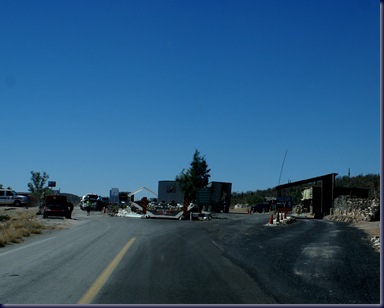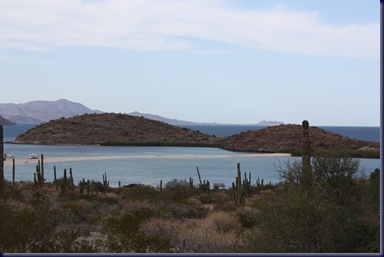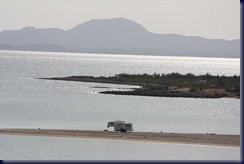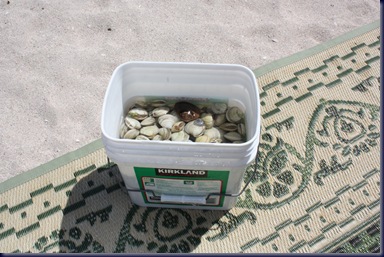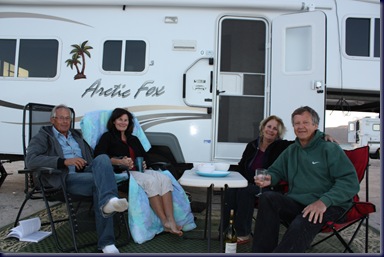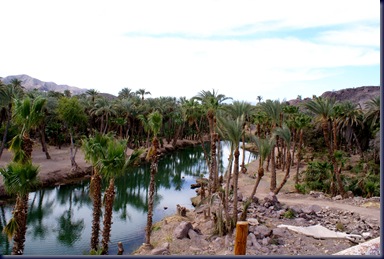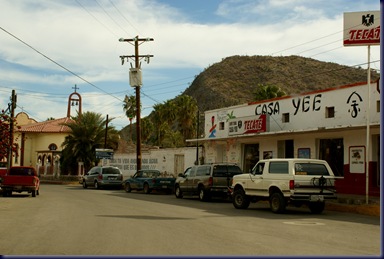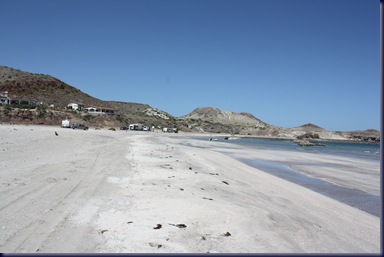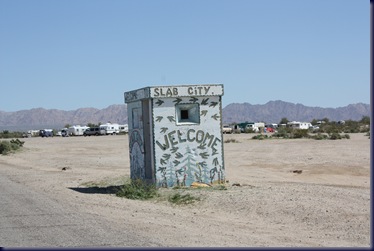
This posting will be heavy on pictures, because pictures really are worth 1,000 words. We went to Slab City today, then left. This is the first time we’ve ever gone someplace, set up camp, then decided to pack up and move on. There are several websites with lots of information about Slab City; use your favorite search engine if you want to learn more as we won’t try to duplicate that information here. But here’s the short version. Slab City is located 5 miles east of Niland, California on the east side of the Salton Sea. During World War II it was a military facility, but was later abandoned. There’s still a dirt road network spread over maybe a square mile, with concrete slabs from buildings long since gone that now serve as the base for some of the camps within the community.
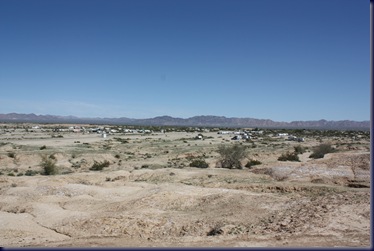
Why did we move on? Slab City just turned out to be a little too weird, even depressing, particularly for Cathryn, so now that we’ve seen it, we can check it off our list. Lots of people have found Slab City to be fascinating with its outdoor musical events and community centers, and we did too, but it just didn’t grab us. It’s not that we felt unsafe; we just didn’t feel like it was a fit for us as a place to enjoy our time.
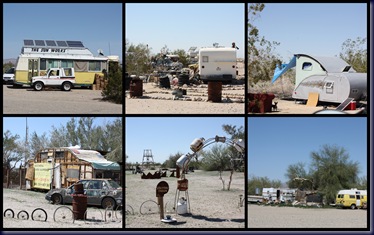
We don’t really know how many folks are in residence at Slab City but would guess at least a thousand. About half of them are like us: retired folks settling in for a few days, weeks or even months during the winter, but with lots of choices in their lives. The other half seemed more like drop outs from the civilized world . . . . some seemed a bit desperate (?), destitute (?), or not connected with society. This is strictly speculation on our part, but we’d guess some portion are receiving a disability check and find Slab City with its’ “no rent and no rules” approach to life a good fit. One of the signs as you enter says “America’s Last Free Place”. We don’t think “free” in this case refers solely to the fact that you don’t have to pay to camp there. While we met lots of “characters” in Baja, this place gave “character” a new meaning.
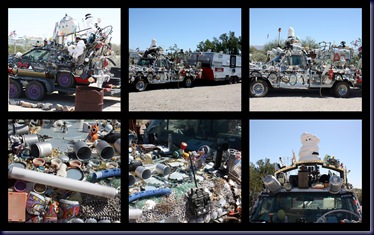
As you see from the photos, the desert location doesn’t offer much in the way of amenities. It’s dry, flat, and desolate. There are no, and we repeat NO amenities; no water, no dump station, no electricity, no garbage collection or pickup. Many of the campers are self-contained (meaning they have their own bathrooms), but we don’t really want to know what the others do for waste disposal, and quite a few of those that appear self-contained have absolutely not moved for years. It’s clear the local building, code and health enforcement folks have determined they’ll not come here.
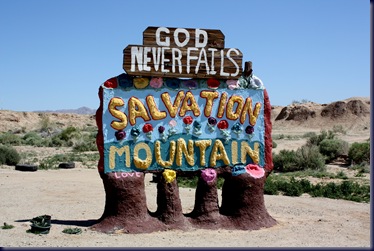
One of the most famous points of interest at Slab City is “Salvation Mountain”. This monument to God is the product of 25 years of work for a man now approaching the age of 80. It’s made up of paint poured over native earth, bales of hay, tires, tree trunks and phone poles. Only photos can describe it.
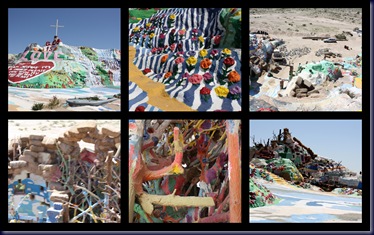
We loved it. We hated it. We saw it. We moved on.
After leaving Slab City, we drove north along the shore of the Salton Sea, an inland body of salt water that is enormous and pretty, framed by tall mountains along the west shore, and another range not far to the east. We’ve heard the Salton Sea is shrinking and suffering lots of environmental problems, but they were not immediately apparent to us today. We did stop, and took a walk into a closed-up Recreation Area. It wasn’t clear if it was closed due to the problems with the Salton Sea or because these are times of financial stress for many California state parks, rest areas and recreation areas due to the State’s budget crunch. We saw several other camp spots along the shore of the lake and considered stopping at one of them, but decided to put in a few more miles toward our destination of Death Valley.
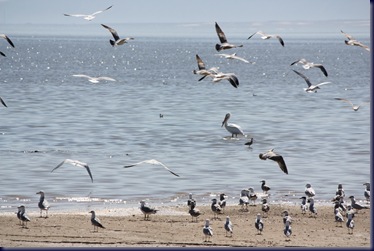
So we stumbled into another RV park outside Palm Springs. Almost everyone here is a “permanent” resident, meaning they’re snow birds who live in cheek-by-jowl mobile homes that are permanently installed, and spend the winter months of the year here, leaving in the heat of summer when it’s too hot. We’re told temps will be into the triple digits by the end of next month. We’re significantly younger than most of the residents and seemed to be an item of curiosity as we drove in.
We need to do more research to identify camping spots in the U.S. that are a better fit for us, something we succeeded at in Baja, but have not invested the proper amount of time in here. We know we enjoy National and State Parks, but whenever we’re in an area that lacks a conveniently located one, we find we end up somewhere that’s not inspiring, but meets the basic need for a place to park for the night.
So, what did we do once we settled into the RV park? We called our son Ryan, who has a second set of parents living in Palm Desert half the year so he’s been here a number of times, and sought his counsel on activities for tomorrow. We think we’ve come up with an interesting agenda for the day and plan to stay a second night. For this evening, we drove into Palm Springs and spent a couple hours wandering the streets downtown where every Thursday they hold “Village Fest”, a street festival reminiscent of a very high-end cross between the Pike Place Market in downtown Seattle and Pearl Street in Boulder, Colorado. It was a lively event, loaded with folks wandering the booths and shopping for food, art, jewelry, massages, music and watching street performers. It was 75 degrees even at 8pm, so wandering in flip-flops and short sleeves was perfect. The crowd was made up of a cross-section of affluent America . This crowd was about as different from the Slab City residents as you can get.
A sort of weird day.
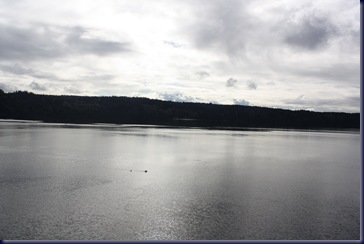
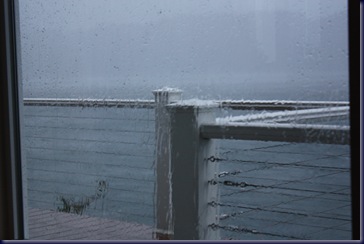
![winter-lake-tahoe[1] winter-lake-tahoe[1]](http://lh4.ggpht.com/_p5AIn6wuCIU/S6og1Jxl2PI/AAAAAAAAV6k/EtG4lEUCzm0/winter-lake-tahoe%5B1%5D_thumb%5B1%5D.jpg?imgmax=800)
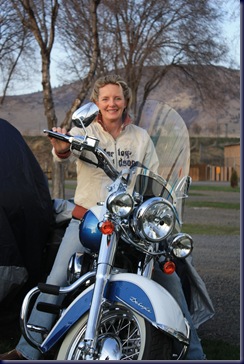

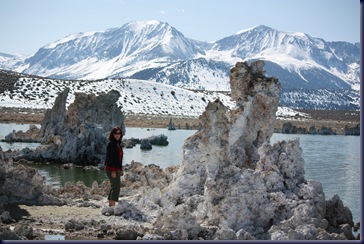

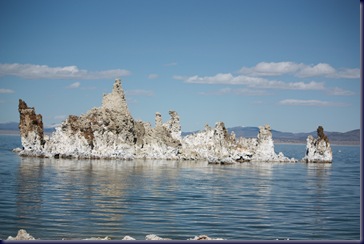

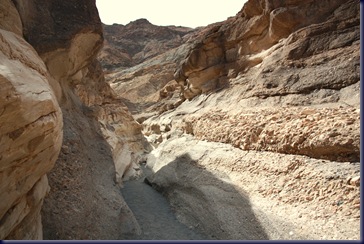

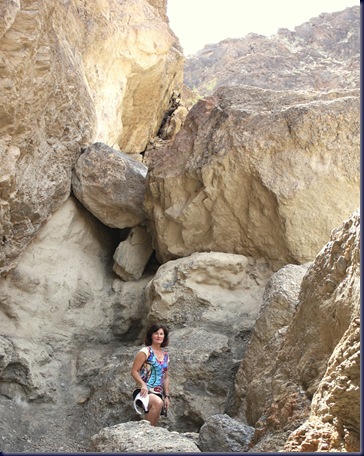
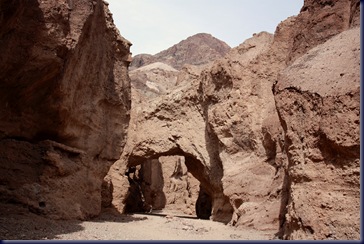
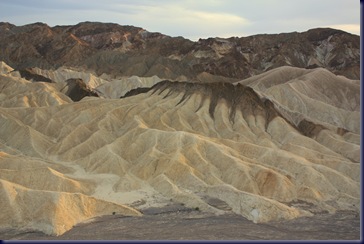

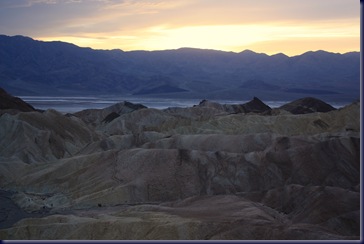
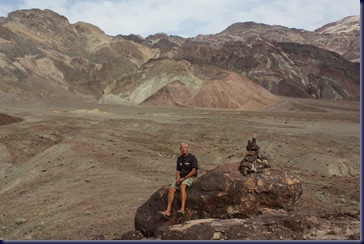
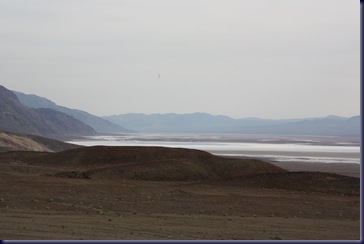
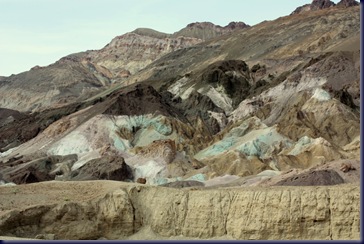
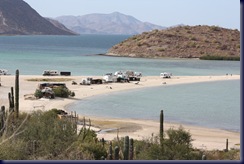
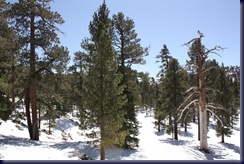

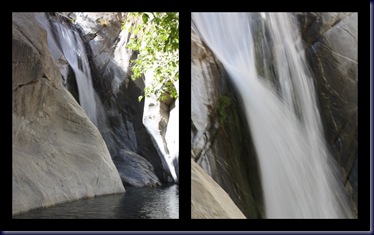
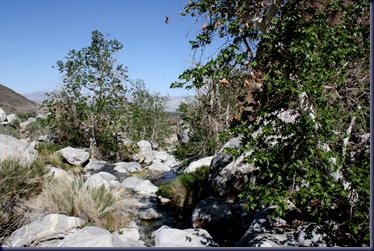







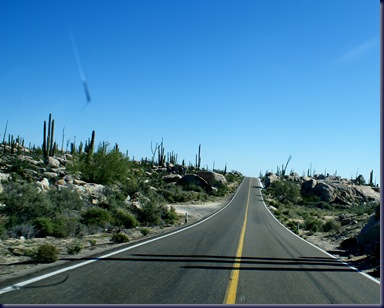
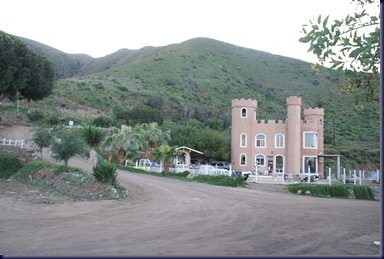
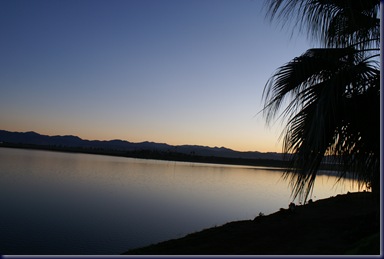
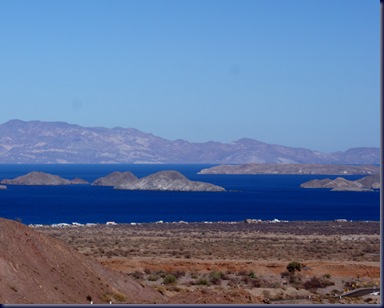
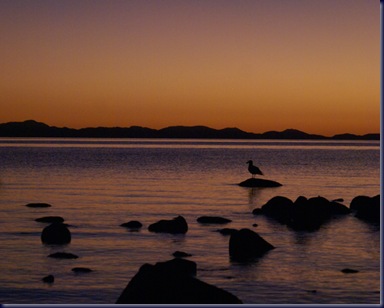
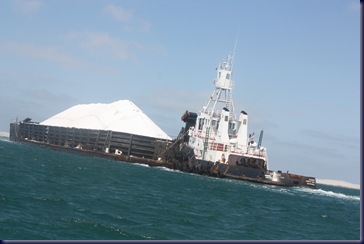
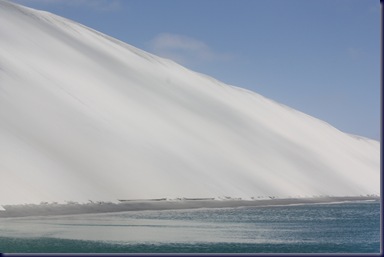
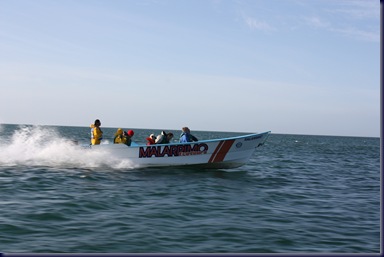
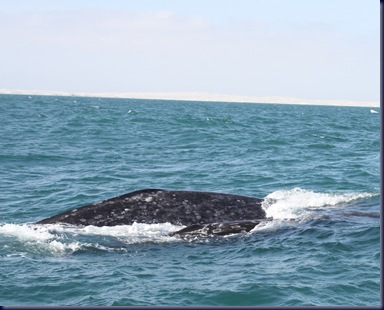
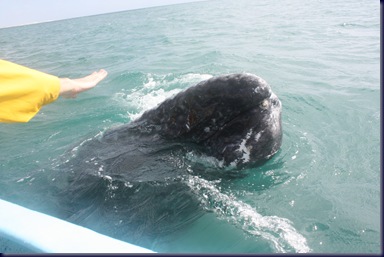
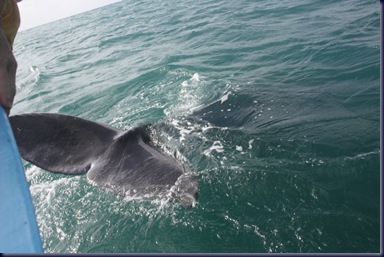
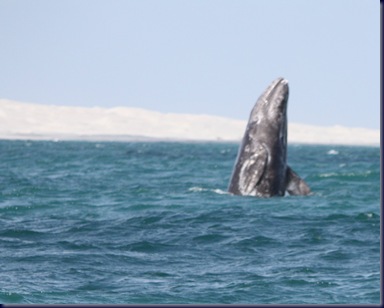
![images[2] images[2]](http://lh3.ggpht.com/_p5AIn6wuCIU/S5r8s0sx77I/AAAAAAAAV0A/DlkQeO08tgM/images%5B2%5D_thumb%5B1%5D.jpg?imgmax=800)
